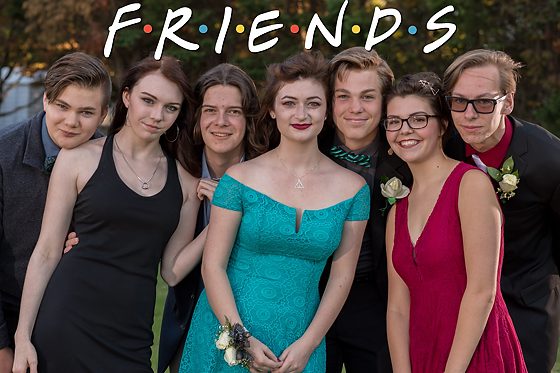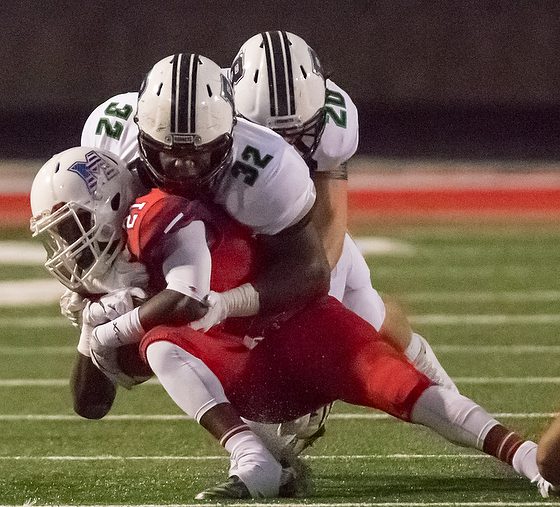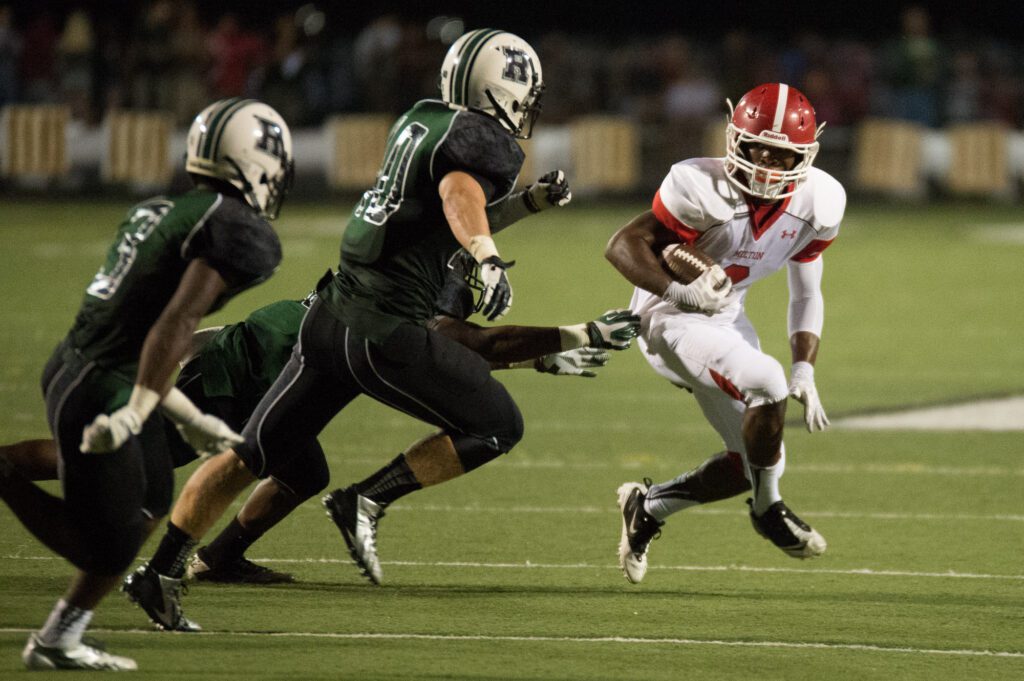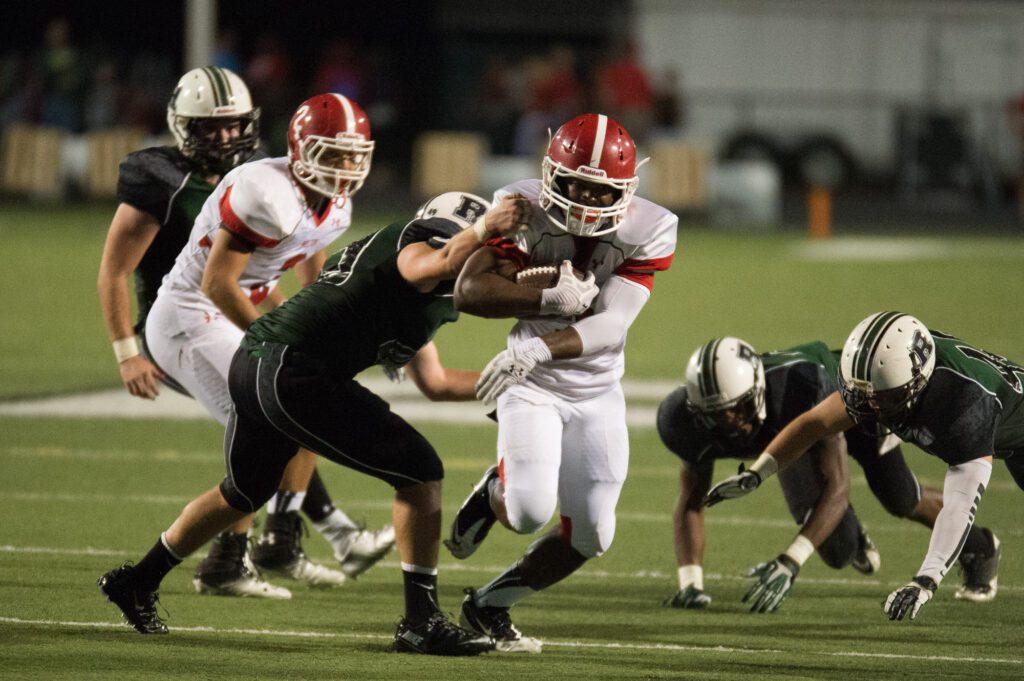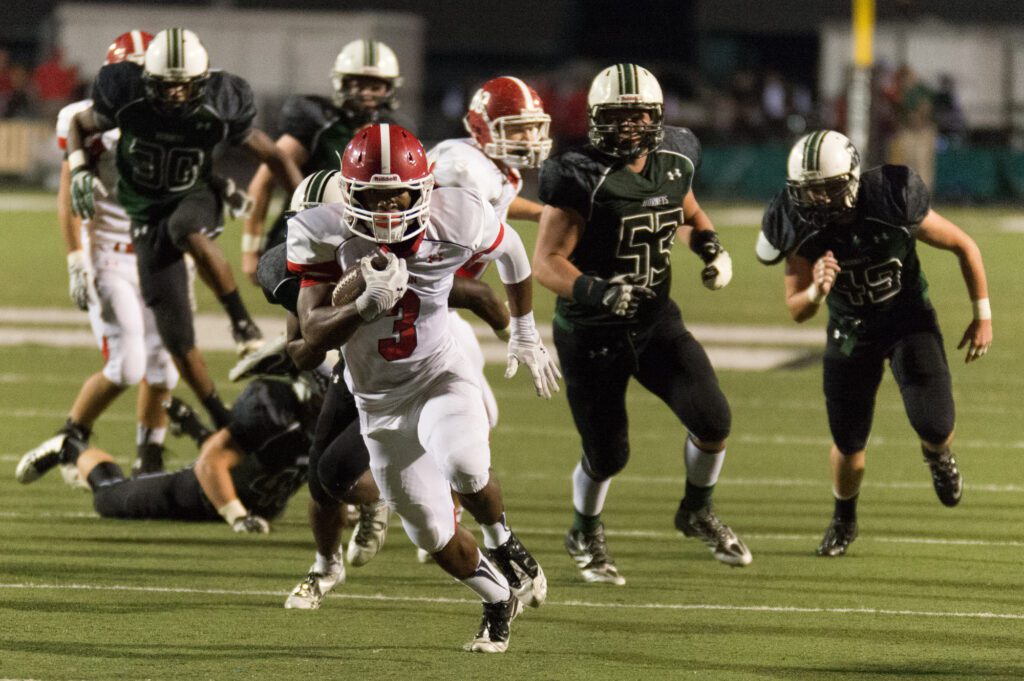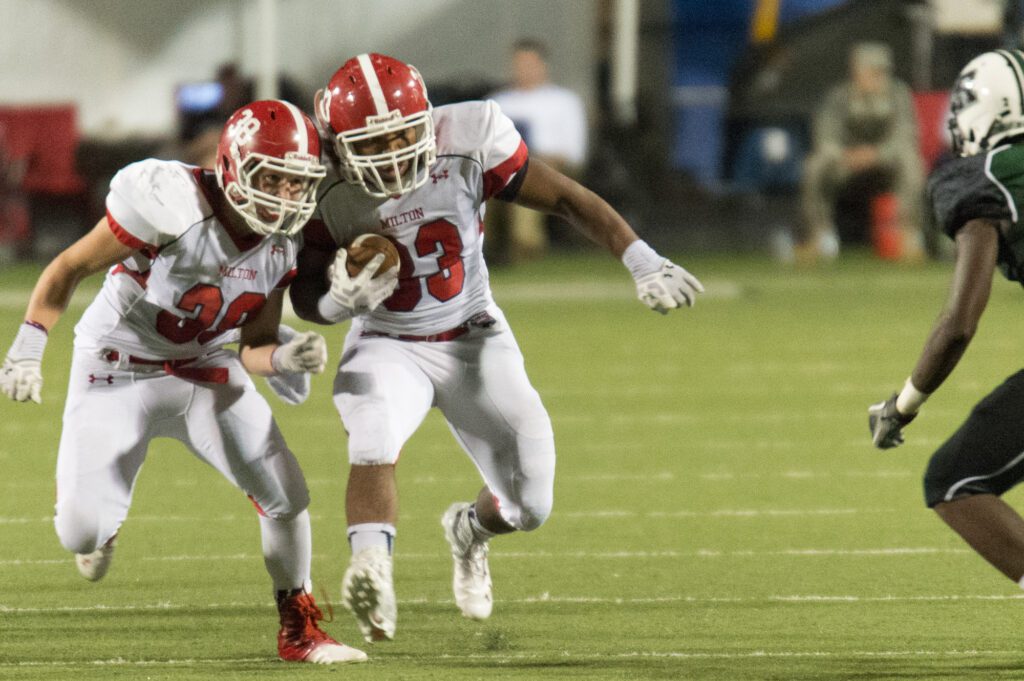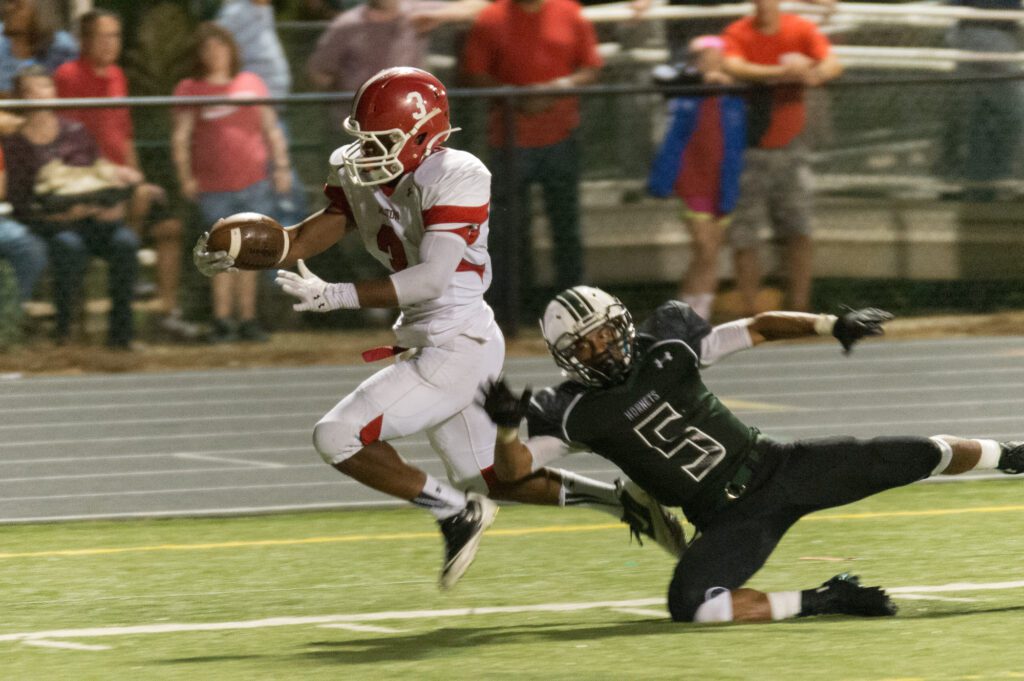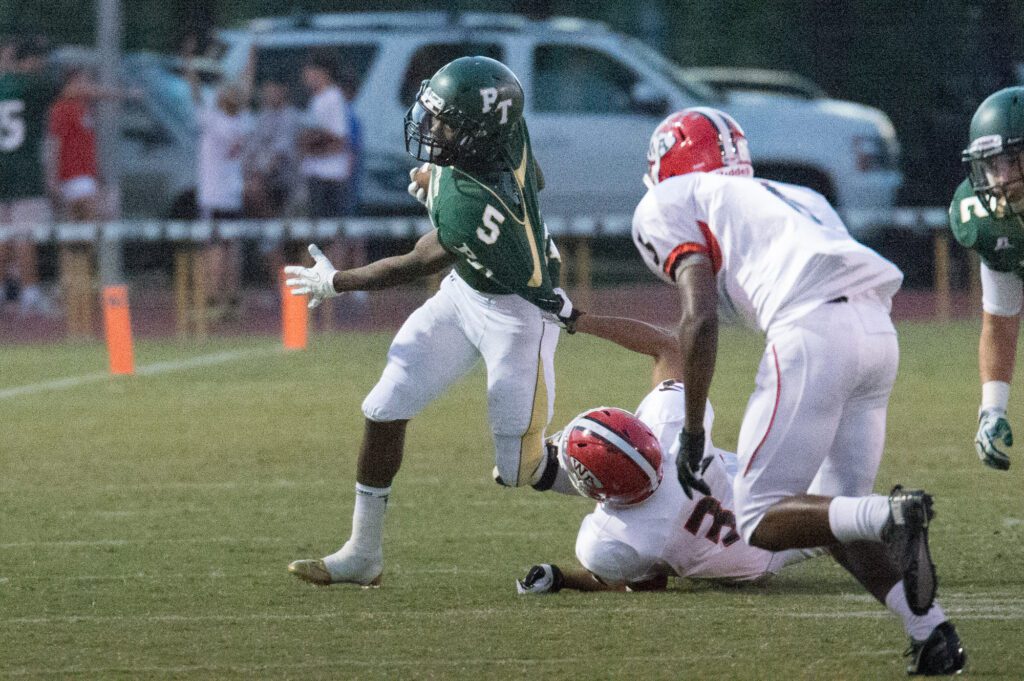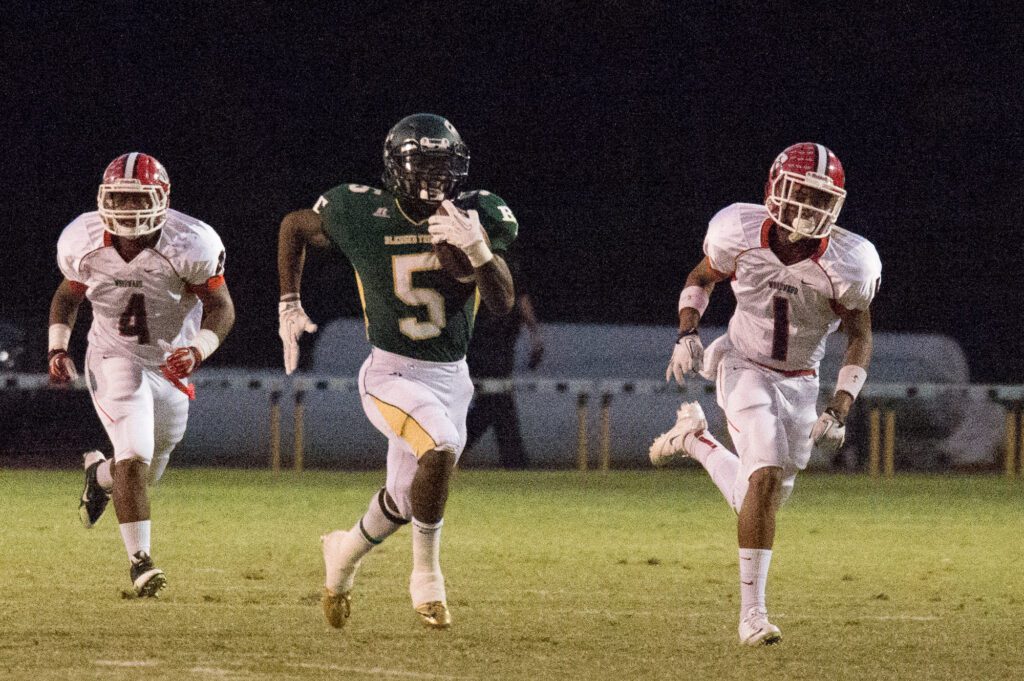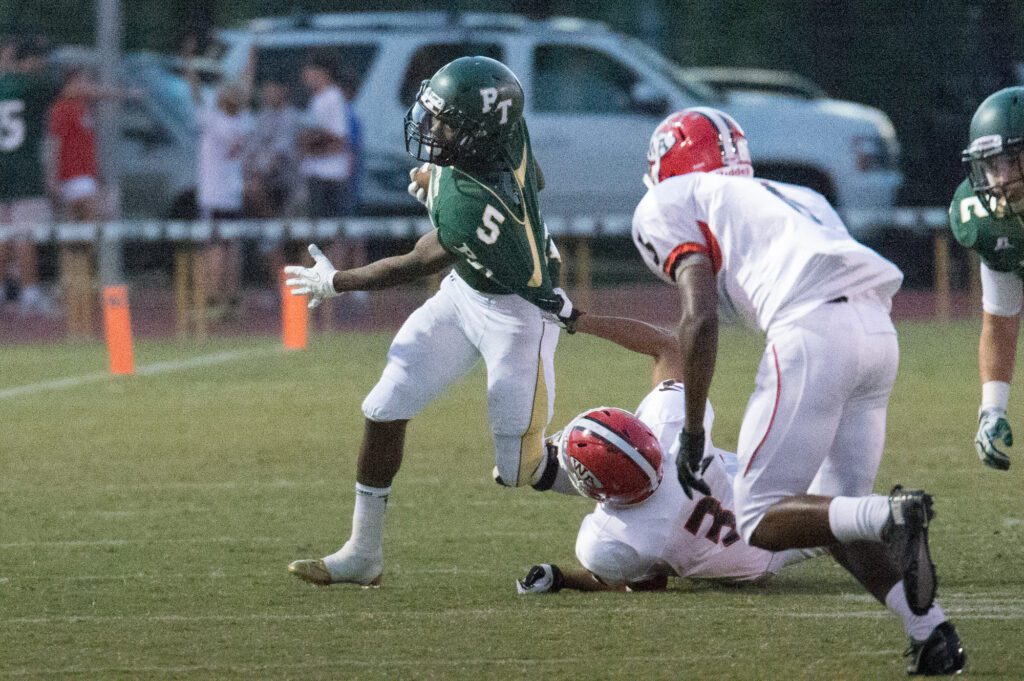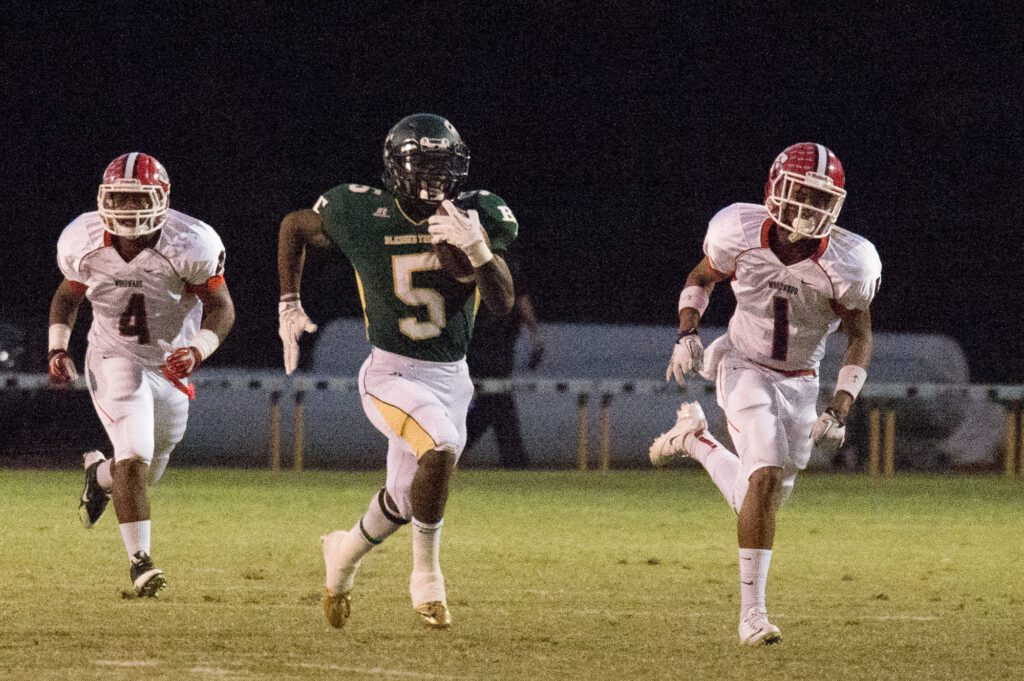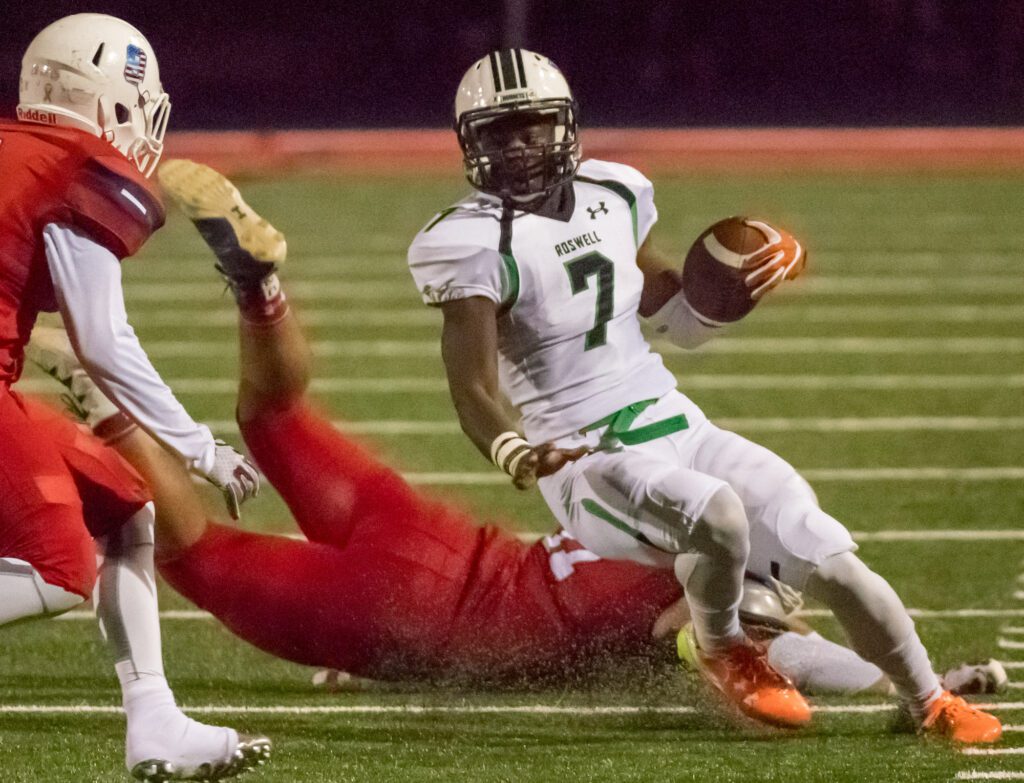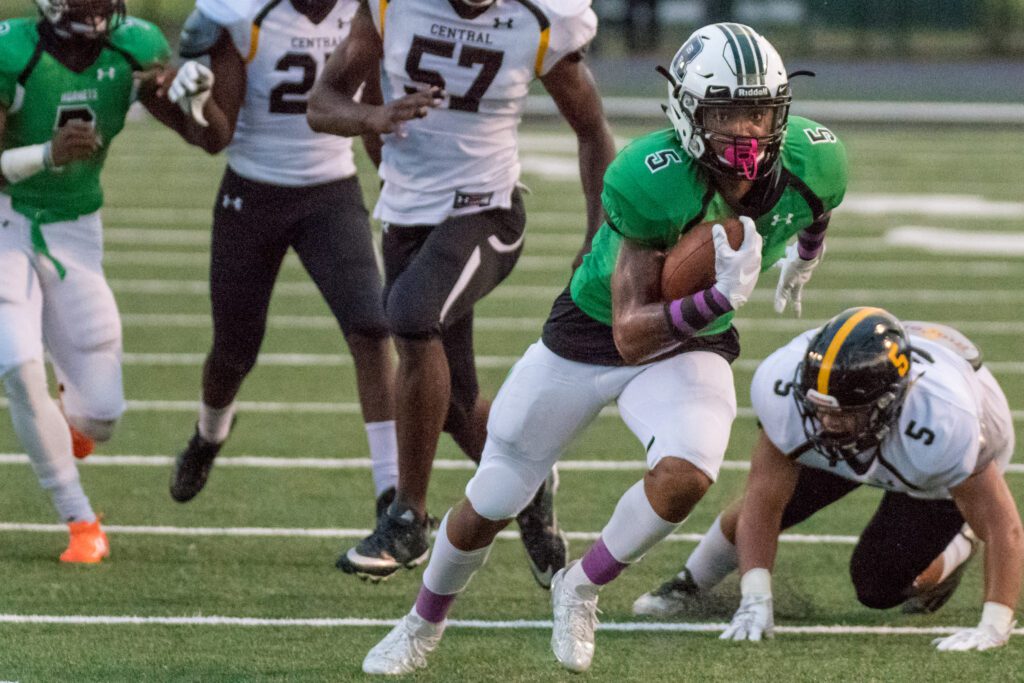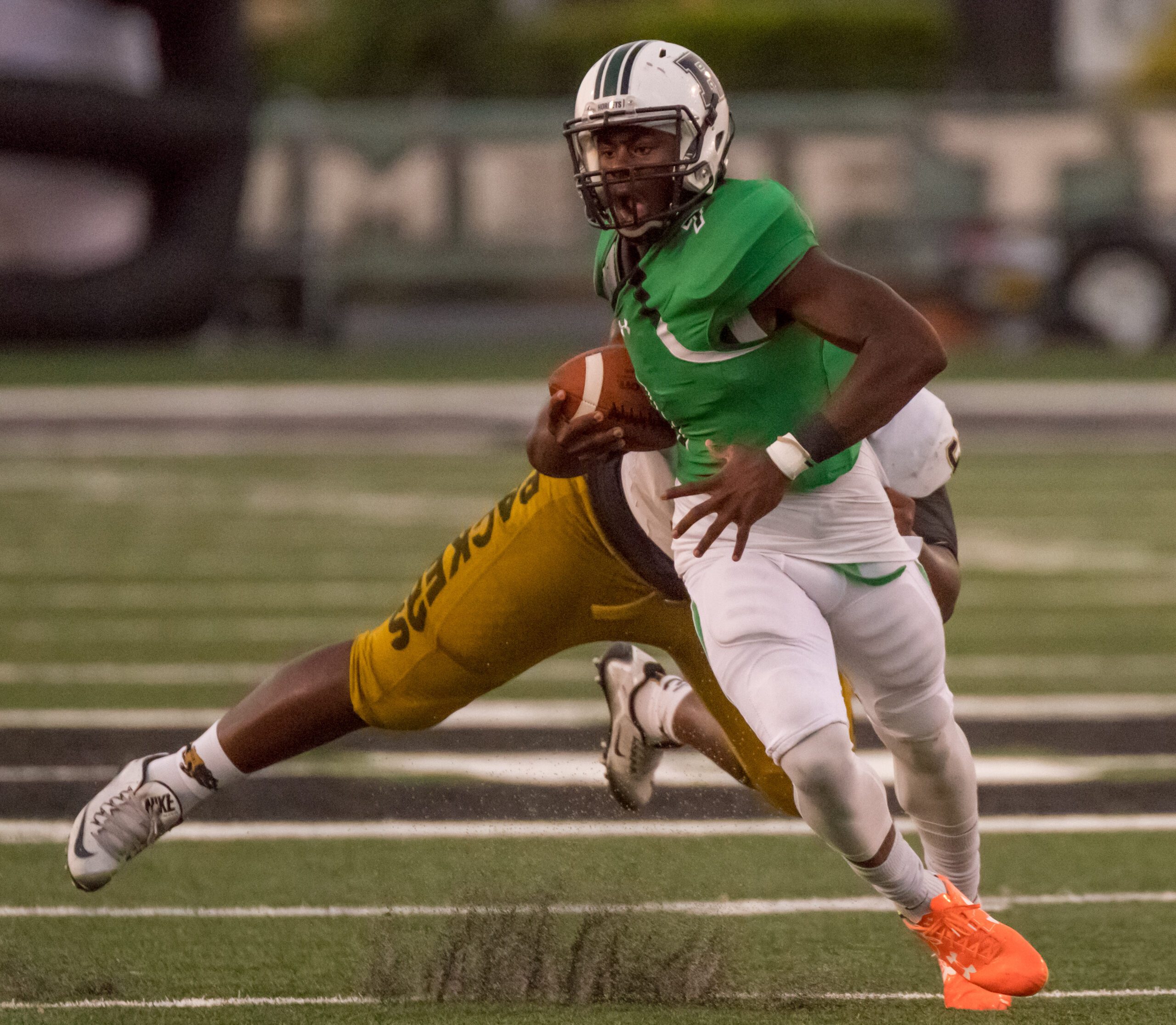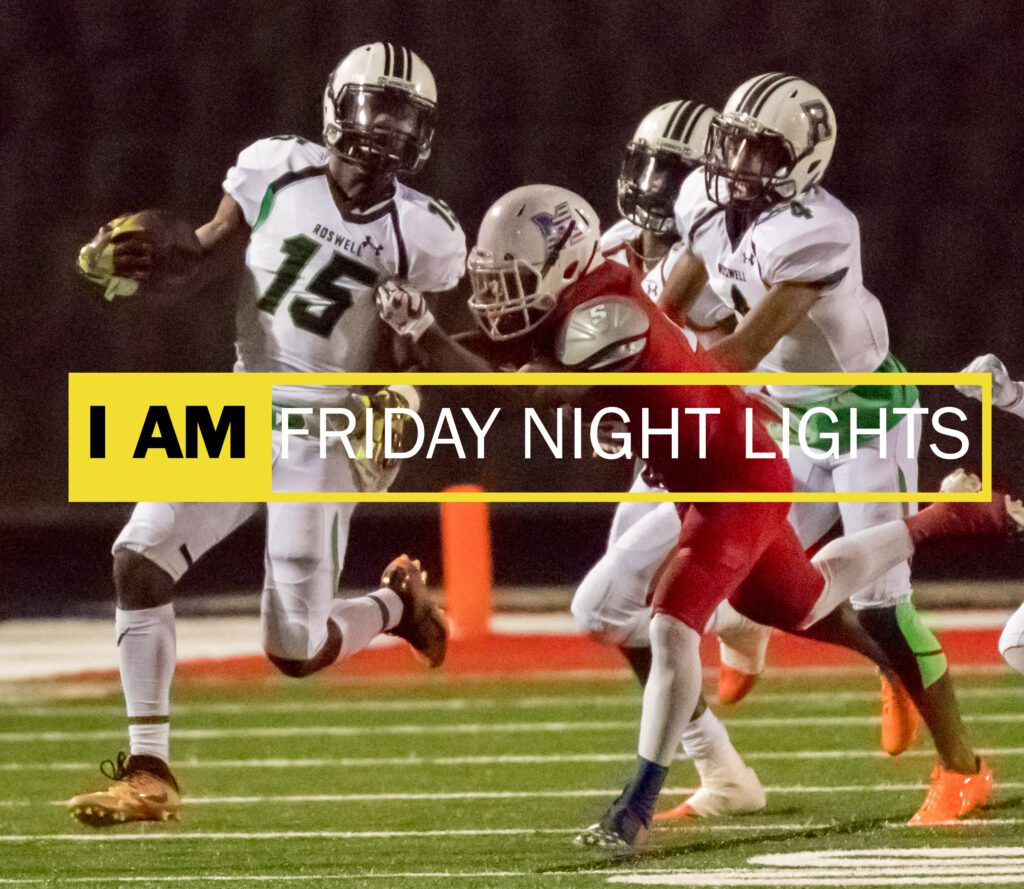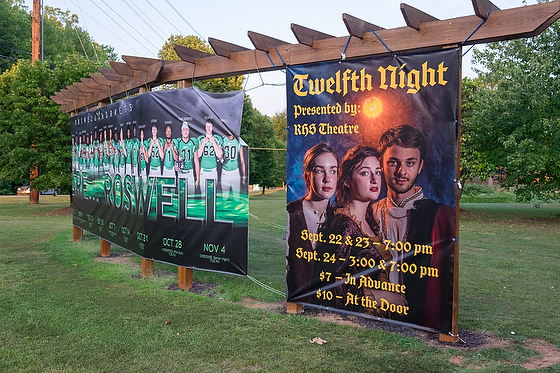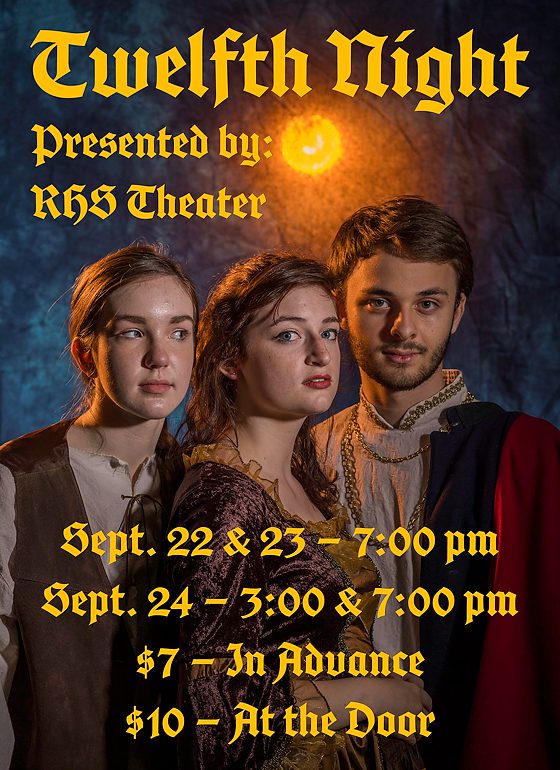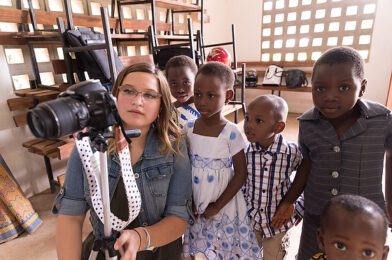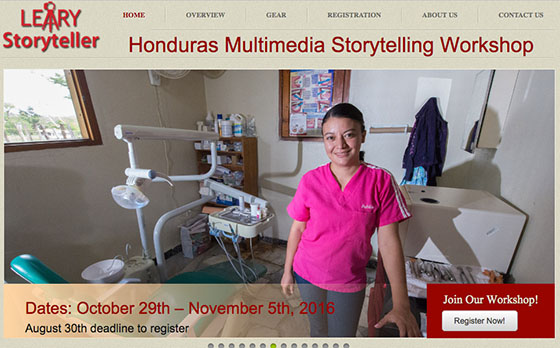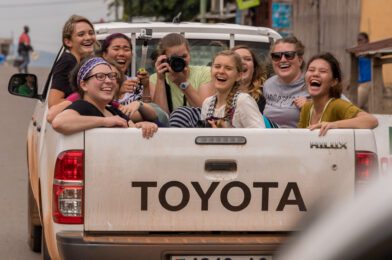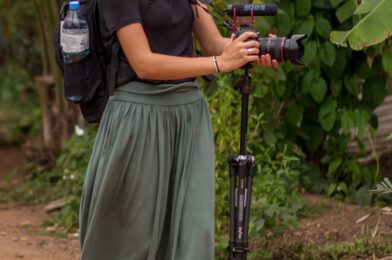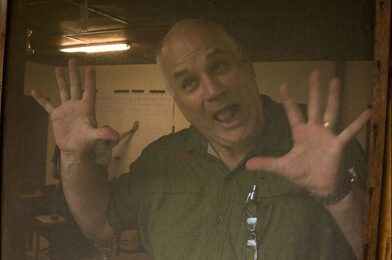Nikon D5, Sigma 120-300mm ƒ/2.8 DG OS HSM | S, ISO 18000, ƒ/5.6, 1/4000
Did I ever tell you how much I love my job? Every assignment is meeting new people, capturing their personalities, and hopefully introducing them to you.

I love meeting a teacher that looks like one of the NFL linemen showing the tender side of caring for children and wanting them to learn all they can.

With children, I get a chance to watch their personalities forming. Watching children work is one of my favorite things to see. You can picture them working their minds.

Peaking in on them working is how I often feel when I am asked to photograph children for organizations. I see myself being the fly on the wall as they work and play. Here you can see the sensitive moment of the child tenderly placing her Lego block.

This little girl has to re-think the needle on her sewing machine. I am catching a child super focused and enjoying herself. Now to capture things like this, I believe my personal experiences come into play.
My grandmother sewed all of her clothes. I remember watching her work. Today my daughter is doing costume design for theater. Capturing a passion requires you first to understand it is a passion.

I also love to capture the group dynamics going on. I love this photo of the boys playing ball. I watched as each of them found their role while one of them was batting. They were learning how to play ball with the school’s baseball coach.

Now what is fun to watch is how patiently the coach is with all the kids and then taking the time with them individually, teaching them how to be their best. I could also see where the coach couldn’t teach everything they needed to know but took it one step at a time.

The older kids were more coordinated in their sports. I captured this young girl spiking during their win over a rival school.

I had my first opportunity to capture these young girls learning manners. Here they are learning how to introduce themselves. How to make eye contact, shake hands, greet with a smile, and have a good voice.

While shooting something, these two little boys asked me many questions. They wanted to interact with me, and hopefully, I captured their curiosity and eagerness to engage with others.

I will end here with another moment that just took me back to our oldest son. When Pokémon came out, our son Nelson was the age of Ash Ketchum. In 1997 when it first was on TV, our son was nine years old. These guys were earnest about Pokémon, as I remember our son Nelson.
I’ll leave you with a quote from the founder of Chick-fil-A, S. Truett Cathy said:
“Love what you do, and you’ll never work another day in your life.”
S. Truett Cathy









